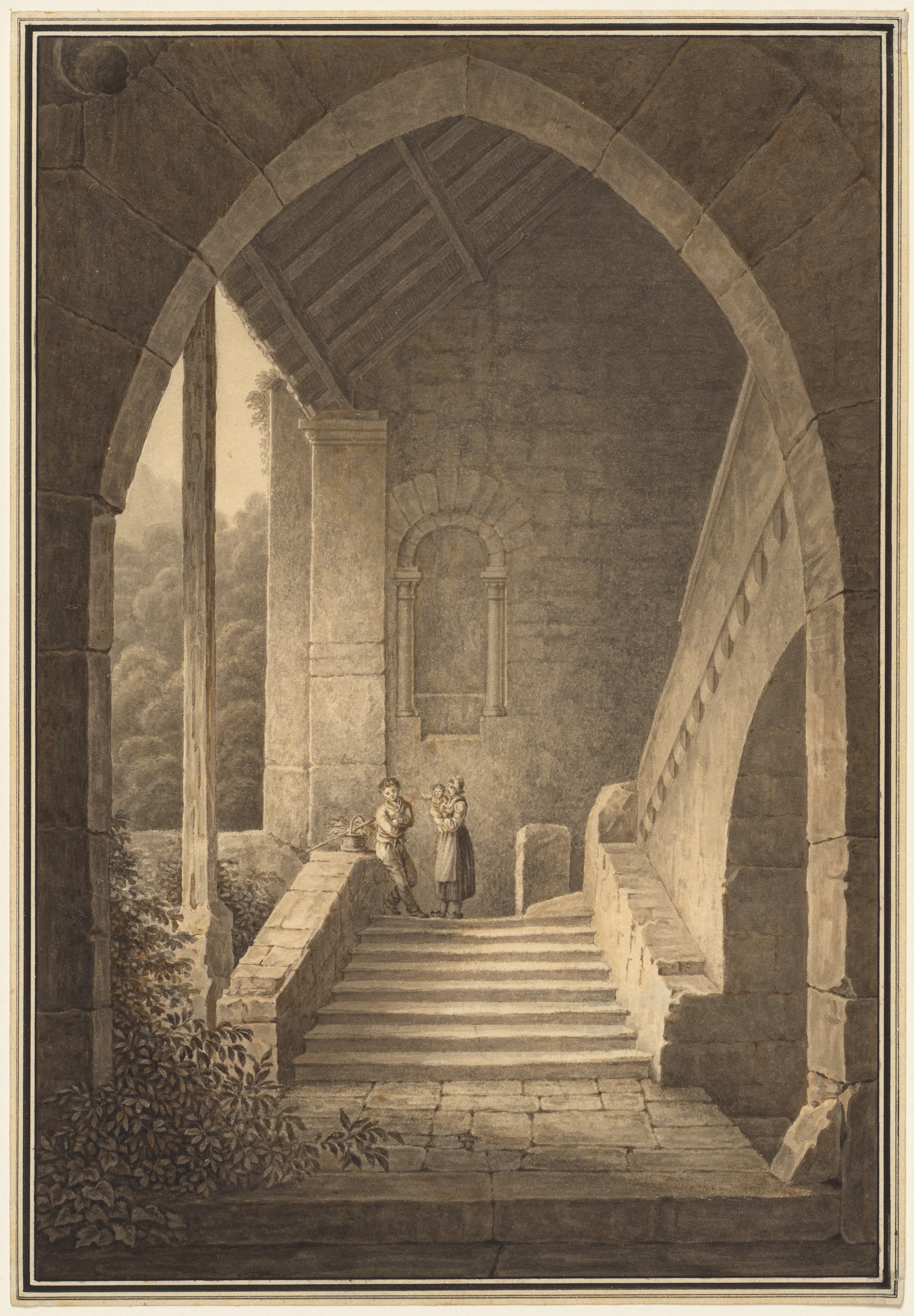 |
This is the same Douay-Rheims version of the Bible that was published on 1582 for The New Testament
and 1609
for The Old Testament. What I have provided is the original unrevised version. This is not the
Bishop Challoner revision. I am currently adding the annotations from the original to this
website, only some chapters at the moment have them completed. My goal is to provide an
accessible means of reading this fine translation of sacred scripture. It may seem difficult to
read at first, but it gets easier over time. The Greek text used here in the commentary is the same Greek word from the original document, just without ligatures & minuscule, which is like a Greek cursive which is note able to be reproduced on electronic text. Make no mistake, these notes are not of my own & are in fact part of the orignal Douay Rheims version, which I have linked in the footer. The translators also use other New Testament source texts as James 2:20 uses the word 'idle' which comes from 'ἀργή' instead of 'dead' which comes from 'νεκρά'. Erasmus uses 'νεκρά'. The Codex Amiatinus uses the word 'otio' (image 2007) which means something like 'leisure' or 'free-time', which is closer to 'idle' (ἀργή) than 'dead' (νεκρά). The word 'dead' is mentioned in an annotation for that word so, the translators must have used both types of source texts. This version of the Bible was made by Theologians for English men exiled from England due to Catholicism being made illegal in England during the Protestant and English Reformation. As a result, it should be no coincidence that many of the notes are concerning heresies so that English speaking Catholics do no get confused about their faith nor leave the Church. It's worth mentioning this Bible was illegal to own in England and many copies were destroyed as a result. The English written in this translation may seem odd. It's not quite Middle-English, it is more of an early Modern-English. The version I used here is from 1633 which is put in a slightly more modern spelling. Make no mistake, these are both the exact same translation, just with slightly different spellings for the exact same words (i.e. "vvorld" becomes "world", & "bie" becomes "buie"). The New Testament does have an Imprimatur and a Nihil Obstat. It was granted in 1925 for a copy made in a modern typeface & spelling (not a revision) by Burns and Oates and R. & T. Washbourne. The Nihil Obstat is by Thomas McLaughlin, S.T.D. Censor deputatus. The Imprimatur is from Edm. Can. Surmont, Vicarius generalis. Bear in mind during the time of the original in 1582-1633 there was no such thing as an Imprimatur & Nihil Obstat. However, the Catholic Church had a list of condemned books during this time including poor Bible translations, the Douay Rheims version was most certainly not on this list. This Bible was in use for many years & was the only Bible for English speakers that could not read Latin. The 4 Divines of the Douay seminary gave their approval back in 1582 & 1610. See Iames to see how similar it is to the Vulgate. As it stands right now, I am a University student, that is also Catholic, just doing this in my free time. Originally I had started coding this only for my personal religious studies, but I thought many others might be interested to read it as well. So, I put it on the internet to share. |
| Outer Staircase of a Gothic Ruin (Treppenaufgang einer gotischen Ruine), by Domenico Quaglio (German, 1787-1837). |